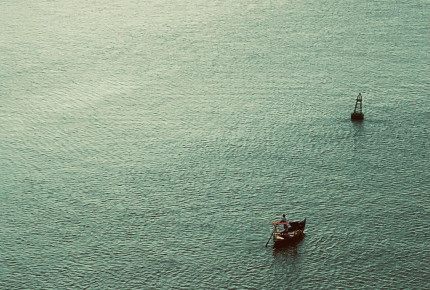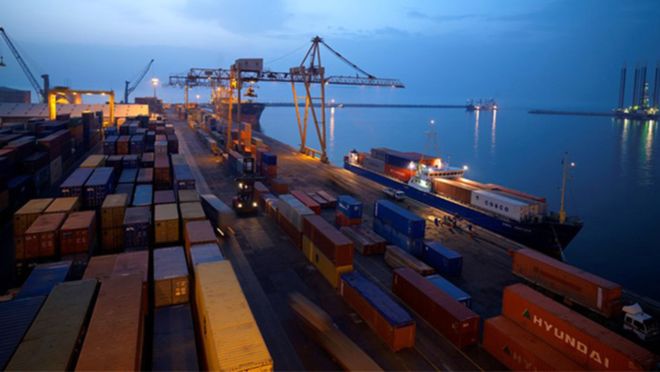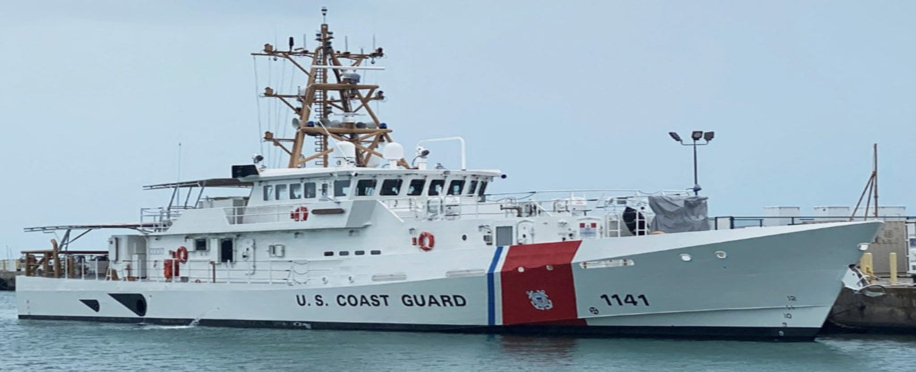U.S. Greenlights First Floating Offshore Wind Lease in Maine: A Major Breakthrough for National Clean Energy Goals

Posted on Aug 22, 2024 at 05:08 PM
The United States Department of the Interior has granted a research lease to an initiative aimed at creating what may be the country's first floating offshore wind plant.
Almost three years have passed since Maine initially applied for a research licence to support University of Maine research programmes.
Furthermore, to encourage wind energy to relocate farther out into the gulf and away from its fishing and tourist sectors, the state of Maine has attempted to prohibit close coastal wind energy.
Maine's Strategic Shift in Wind Energy Policy
The U.S. Outer Continental Shelf, approximately 10,000 acres, lies 28 nautical miles off the coast of Maine and is covered by the first floating offshore wind license. Oregon, Maine, is around 45 miles away.
Additionally, the initiative, according to the state, is the next phase of research that has been going on at the University of Maine for more than ten years to create floating concrete hull technology for offshore wind turbines.
Maine is proposing a research lease for environmental and engineering research to guide planning, permitting, and construction of commercial-scale floating offshore wind projects in the region.
The lease also allows in-depth studies on floating offshore wind as a renewable energy source, benefiting the state, fishing community, and wildlife specialists.

BOEM's Function and Dedication to Clean Energy
According to Elizabeth Klein, director of the Bureau of Ocean Energy Management (BOEM), “floating wind opens up opportunities to produce renewable energy in deeper water farther offshore.” “Signing the Gulf of Maine research lease demonstrates the commitment by both BOEM and the State of Maine to promote a clean energy future for the nation.”
Maine plans to install 12 floating turbines in a research project, potentially generating 144 MW of power. Construction is expected to take several years, and the lessee must submit a Research Activities Plan to BOEM, which will undergo environmental study under the National Environmental Policy Act.
BOEM has proposed offshore wind development in the Gulf of Maine, with the first target located between 23 and 92 miles offshore in April 2024. The region, stretching from Maine to Massachusetts and New Hampshire, has the potential to produce up to 32 GW.
Biden's Offshore Wind Initiative
The Biden administration has announced the next stage of proposed lease auctions for the offshore wind power industry, with twelve further auctions scheduled by 2028, including the Gulf of Maine, and nine commercial offshore wind projects have received Department approval.
The Department has approved nine commercial offshore wind projects with a combined capacity of 13 GW.
By 2035, the Department of the Interior hopes to have 15 GW of floating offshore wind power installed. The administration is funding a number of studies aimed at reducing the cost of implementing floating wind farms.
Read more news:
Russia Shifts Tanker Operations to Morocco
$450 Million Boost: Transforming America's Ports for the Future


